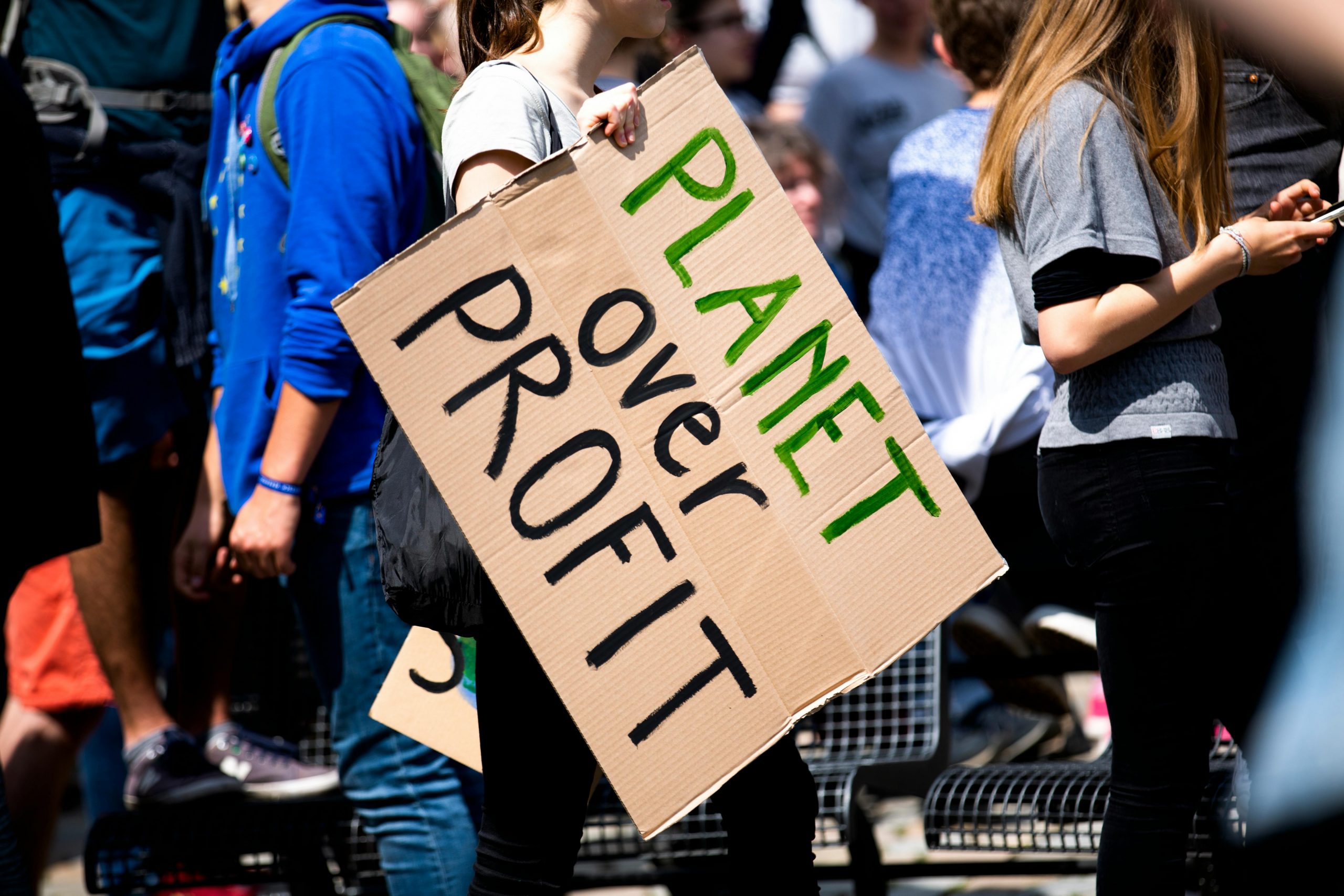Understanding the Current State of Global Warming: Causes, Impacts, and Urgency
Global warming, a term we’ve all heard, refers to the long-term increase in Earth’s average surface temperature due to human activities, primarily the emission of greenhouse gases (GHGs) like carbon dioxide (CO2), methane (CH4), and nitrous oxide (N2O). These gases trap heat in the atmosphere, leading to a gradual rise in global temperatures—a phenomenon often referred to as the “greenhouse effect.”
But what’s the current state of global warming, and why is it so critical now? Let’s dive into the causes, impacts, and the urgency of addressing this global challenge.
The Causes: Why Is Global Warming Happening?
The primary driver of global warming is the burning of fossil fuels such as coal, oil, and natural gas for energy. These activities release large amounts of CO2, the most prevalent greenhouse gas, into the atmosphere. Other significant contributors include deforestation, which reduces the number of trees that can absorb CO2, and industrial processes that emit various GHGs.
While natural processes do contribute to some climate variability, the overwhelming scientific consensus is that the rapid warming observed over the past century is largely due to human activities. Since the Industrial Revolution, the concentration of CO2 in the atmosphere has risen by more than 40%, a rate unprecedented in at least 800,000 years.
The Impacts: What Are We Experiencing Now?
The effects of global warming are already being felt around the world, with more severe impacts expected in the future. Here are some of the most significant:
- Rising Temperatures: Global temperatures have risen by about 1.2°C (2.2°F) since the late 19th century, with the last decade being the warmest on record. Even a small increase in temperature can have far-reaching effects on ecosystems and weather patterns.
- Melting Ice and Rising Sea Levels: The polar ice caps and glaciers are melting at an alarming rate, contributing to rising sea levels. This threatens coastal communities with increased flooding, erosion, and loss of habitat.
- Extreme Weather Events: The frequency and intensity of extreme weather events like hurricanes, droughts, heatwaves, and wildfires are increasing. These events can cause widespread devastation, from loss of life and property to long-term economic impacts.
- Ocean Acidification: The oceans absorb much of the CO2 released into the atmosphere, which leads to a chemical reaction that makes seawater more acidic. This threatens marine life, particularly coral reefs and shellfish, which are vital to the oceanic food chain.
- Biodiversity Loss: Many species are struggling to adapt to rapidly changing conditions. Some are facing extinction as their habitats disappear or shift faster than they can migrate or adapt.
The Urgency: Why We Must Act Now
While the effects of global warming are already apparent, scientists warn that we are approaching critical tipping points. If global temperatures rise by 1.5°C to 2°C above pre-industrial levels, the consequences could be catastrophic and irreversible.
The 2015 Paris Agreement marked a significant global effort to combat climate change by limiting global warming to well below 2°C, with a goal to keep it below 1.5°C. However, current policies and commitments are insufficient to meet these targets. Without more ambitious actions, global temperatures could rise by as much as 3°C or more by the end of the century.
What Can Be Done?
Addressing global warming requires urgent and coordinated global action. Here are some of the key strategies:
- Transition to Renewable Energy: Shifting from fossil fuels to renewable energy sources like solar, wind, and hydroelectric power is crucial. This transition will reduce GHG emissions and slow the pace of global warming.
- Energy Efficiency: Improving energy efficiency in buildings, transportation, and industry can significantly reduce emissions and save costs.
- Reforestation and Conservation: Protecting and restoring forests, wetlands, and other natural ecosystems is essential for absorbing CO2 and maintaining biodiversity.
- Climate Policy and Legislation: Governments must implement and enforce policies that limit emissions, promote renewable energy, and encourage sustainable practices.
- Public Awareness and Action: Individuals and communities play a vital role in driving change. By making sustainable choices and advocating for stronger climate action, we can collectively make a difference.
Conclusion: A Shared Responsibility
Global warming is one of the most pressing challenges of our time, and its impacts are already reshaping our world. While the situation is dire, it is not without hope. Through concerted global efforts, it is possible to mitigate the worst effects of climate change and build a more sustainable future. The time to act is now, for the sake of our planet and future generations.

